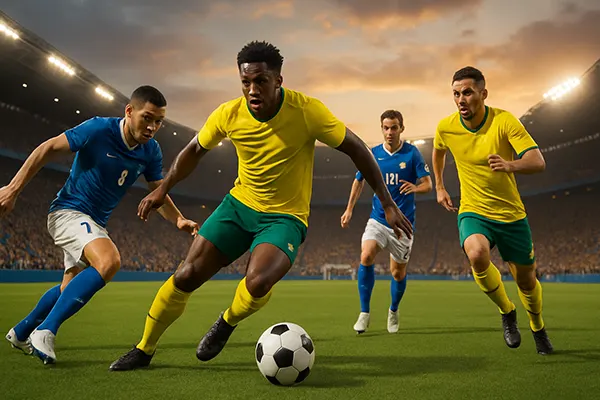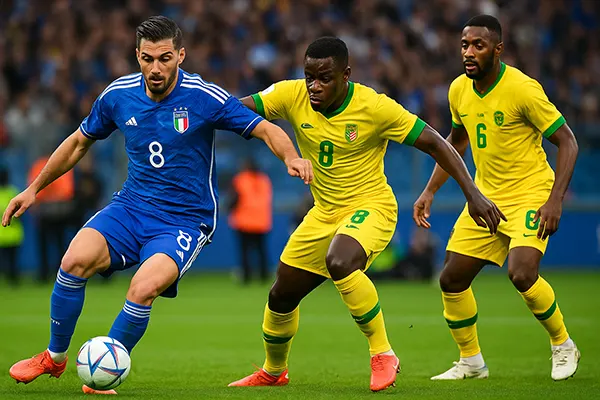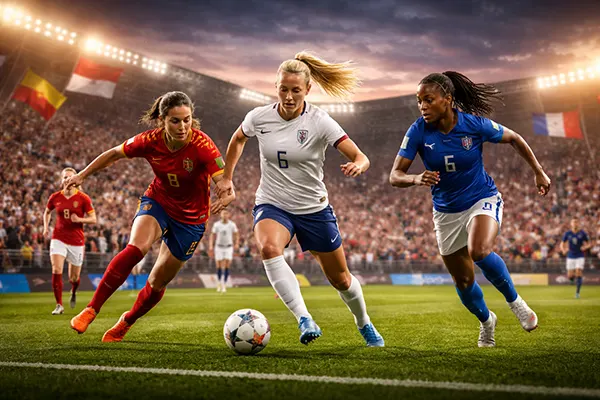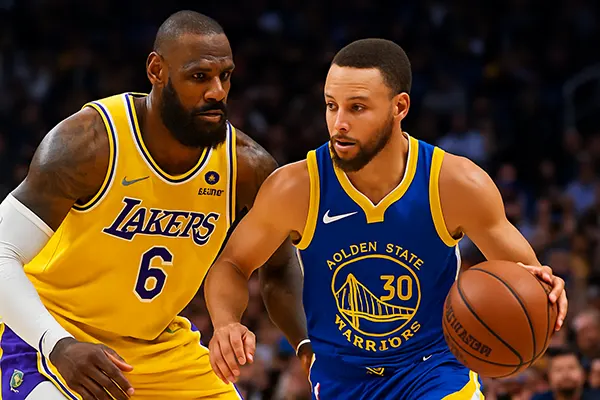World Cup 2026 Qualification: New Format and Key Storylines in Europe and Africa

The qualification campaign for the FIFA World Cup 2026 is one of the most ambitious in history, with significant structural changes that reshape the paths of national teams across Europe and Africa. With the tournament expanding to 48 teams for the first time, both confederations face fresh challenges, heightened competition, and renewed opportunities for nations that previously struggled to reach the world stage. This article explores how the new system works, the biggest narratives to follow, and the countries most likely to benefit.
European Qualification: A Revamped System
UEFA’s qualification pathway has been restructured to accommodate the increased number of European slots. Europe will now send 16 teams directly to the World Cup, compared to 13 in 2022. The format is designed to provide a balance between established powers and emerging nations, ensuring more competitive balance.
The qualification groups remain the foundation, but with additional play-offs influenced by UEFA Nations League rankings. This integration ensures that even mid-tier teams with strong performances in the Nations League can compete for a World Cup spot. It adds a second layer of competition and keeps more national teams engaged until the final stages of qualification.
Another crucial change is the reduction in “dead rubber” matches. With more direct and play-off routes, every point gained or lost in group stages now has amplified significance. For countries like Scotland, Poland, or Austria, this system provides a real chance to capitalise on consistent campaigns rather than isolated upsets.
Key Storylines in European Qualification
One of the central narratives revolves around Italy, who missed two consecutive World Cups (2018 and 2022). With Roberto Mancini no longer in charge, the Azzurri’s new generation faces pressure to re-establish Italy as a global force. Another major storyline is England’s golden generation, with Jude Bellingham and Bukayo Saka expected to play pivotal roles in the qualification and beyond.
Smaller nations like Georgia and Kosovo also present intrigue. Their recent UEFA Nations League performances have shown progress, and with the expanded qualification slots, they are no longer outsiders but genuine contenders for play-off berths. This reflects UEFA’s aim to widen football’s reach within the continent.
Lastly, the dominance of France, Spain, and Germany will be tested by rejuvenated squads from nations like Croatia and the Netherlands. These heavyweights must prove consistency against both top-tier opponents and ambitious underdogs in an increasingly unpredictable landscape.
African Qualification: More Teams, More Dreams
The Confederation of African Football (CAF) has also embraced a new structure, as Africa now holds nine guaranteed slots at the World Cup, with a potential 10th through intercontinental play-offs. This is a historic leap from the five places previously available, opening unprecedented opportunities for African nations.
The qualification format involves nine groups, each consisting of six teams. Only the group winners will qualify directly, while the four best runners-up will enter play-offs for a chance at the intercontinental play-off tournament. This approach maximises competition and ensures that nearly every group remains open until the very end.
The new system also reduces the element of chance from previous two-leg knockout rounds, providing smaller teams with a longer campaign to prove their quality. This is particularly important in Africa, where travel, climate, and logistics often heavily influence short play-off ties.
Key Storylines in African Qualification
Senegal, Morocco, and Egypt are among the favourites, boasting players who shine in top European leagues. Morocco’s run to the 2022 semi-final in Qatar has raised expectations across the continent, proving that African nations can compete with the world’s best. Their qualification campaign will be closely watched as a barometer of consistency.
Nigeria, once a dominant force in African football, is under pressure to reassert itself. After missing out on Qatar 2022, the Super Eagles must navigate a tough group stage, relying on the attacking brilliance of Victor Osimhen and the rising talent of youngsters breaking into European football.
Meanwhile, teams like Mali, Burkina Faso, and Cape Verde have emerged as dark horses. With improved infrastructure and growing numbers of players in Europe, these nations are no longer just outsiders but real challengers to Africa’s traditional powerhouses.

The Road Ahead: What to Expect
With the 2026 World Cup hosted by the United States, Canada, and Mexico, the global qualification campaign has already taken on historic proportions. The expanded tournament means more diversity on the world stage, offering fans an opportunity to see new nations debut and established ones reassert dominance.
In Europe, qualification is likely to highlight the depth of talent across the continent, while in Africa, the new system gives more teams realistic pathways to the finals. Both confederations must now adapt to a qualification marathon that demands consistency, depth in squads, and strategic management.
The 2026 qualification process is more than just a road to the finals—it is a reshaping of global football dynamics. Europe seeks to balance tradition with inclusion, while Africa embraces growth and opportunity. By 2026, fans can expect a World Cup with a broader representation of football cultures, raising the global game to new heights.
Broader Implications for Global Football
The changes in Europe and Africa will influence other confederations as well. With Asia, South America, and CONCACAF also adjusting to expanded slots, global football is entering a new era of inclusivity. This evolution could accelerate the growth of the sport in developing football nations.
For FIFA, this system enhances global engagement. More nations involved in qualification until the last stages means more fan interest, higher television viewership, and stronger grassroots support. This aligns with FIFA’s long-term strategy of making football the most universally accessible sport.
Ultimately, the qualification process for the 2026 World Cup will be remembered as the moment when the global balance of football shifted. Emerging nations in Europe and Africa are no longer outsiders—they are active participants shaping the next chapter of football history.



